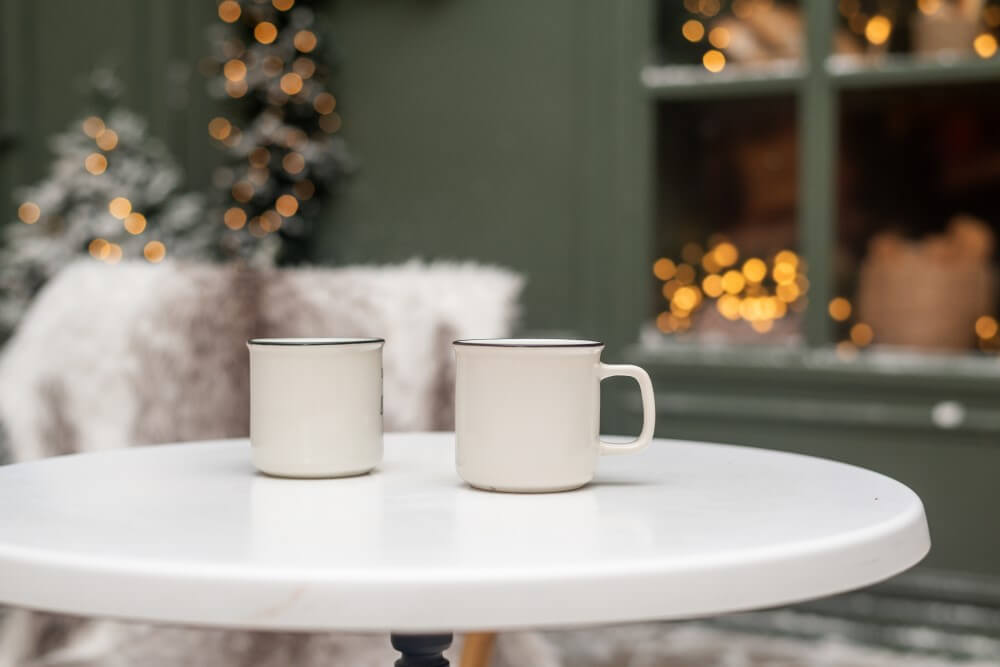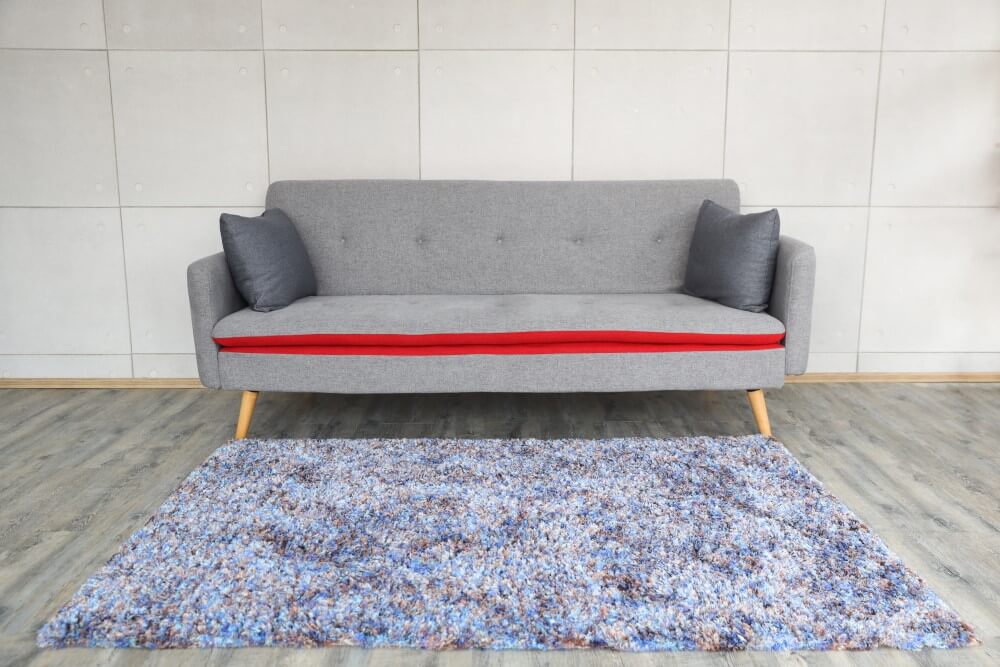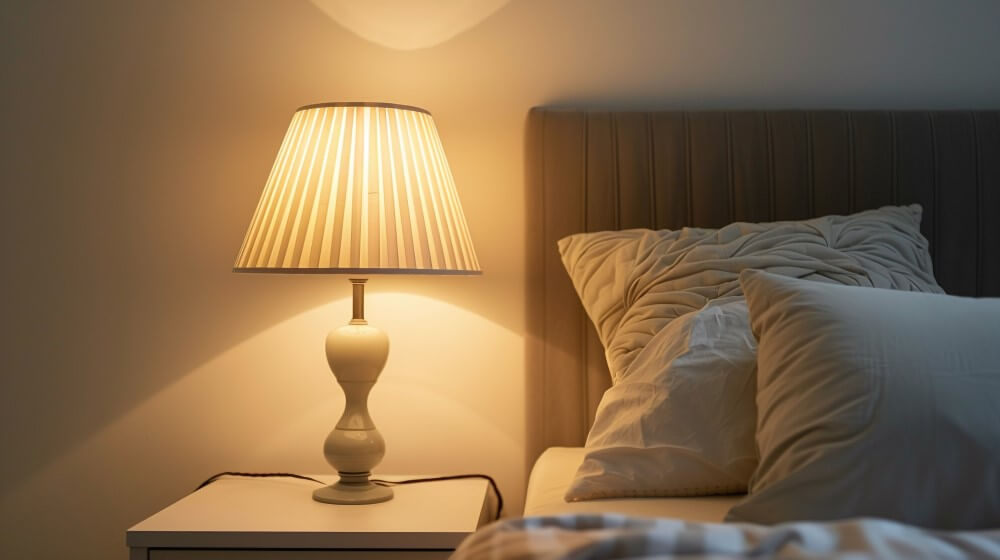
7 Measurement Rules to Design a Functional and Stylish Room
A well-designed room is not just about aesthetics. Spacing and proportion matter too. With the right measurements, you can create a space that feels balanced, functional, and truly yours.
By:
The Good Home Daily
Posted on April 14, 2025
Ever visited a friend’s room and felt a little jealous? You may have thought, “Why can’t I achieve this look?” Don’t worry—we totally understand. There’s nothing more frustrating than going through several trials and errors and still not achieving that dream design for your room.
So, what’s their secret? Believe it or not, it may not just be their eye for style. They may also understand the essential measurement guidelines for room design.
Talent and creativity certainly play a huge role. However, understanding the fundamental principles of measurement can make a big difference. After all, measurement is the backbone of any successful room design project. From finding the perfect furniture for your living room to ensuring proper traffic flow, accurate measuring is a critical part of the process.
So, if you think your design skills are a bit… lackluster, this interior design measurement guide is for you. We’ll share expert tips and tricks on how to use measurements to design a beautiful and comfortable home.
1. Space for Coffee Tables

Any living room wouldn’t be complete without a sofa and a coffee table. After all, this is where the family gathers and bonds. However, their placement, particularly their spacing, is important in maintaining a harmonious balance.
The optimal distance between your sofa and coffee table should be approximately 16 to 18 inches (40 to 46 cm). This is the ideal range to ensure that your living area doesn’t feel overcrowded or too sparse. Moreover, it provides enough space to move around or stretch out a little.
2. TV Placement

The rule of thumb when setting up a television is to align the center of the screen with the viewer’s eye level when seated. This is typically around 42 inches from the floor. For most people, that’s the standard height. Of course, you can do this manually. Just sit on your sofa and start measuring the height.
Now, let’s talk about the distance between your television and your couch. The traditional guideline for the ideal viewing distance is to sit at a range of 2.5 times the diagonal length of your TV screen.
Let’s take an example. Say you have a 55-inch TV. To find the ideal viewing distance, you would multiply 55 by 2.5. The formula looks like this:
- 55 inches × 2.5 = 137.5 inches
Therefore, the ideal viewing distance for a 55-inch TV would be approximately 137.5 inches, or about 11 feet.
3. The Right Rug/Carpet Size

Having a carpet or rug in the living room adds an extra layer to the space. It is aesthetically pleasing and brings a sense of coziness to the room. But how large should your rug be to ensure proper proportion?
According to experts, the optimal rug size is one that accommodates at least the front legs of your furniture.
In the living room, the ideal rug should extend approximately 18 to 24 inches (46 to 61 cm) beyond the perimeter of the furniture.
For the dining area, choose a rug that provides enough room for chairs to be pulled out without catching on the edges. Ideally, the rug should extend at least 24 inches (61 cm) from the outline of the table.
4. Desk and Chair Height

To achieve a truly functional design, having the right desk and chair height is important. A well-designed dining table and chair promote good posture, helping prevent back pain and strain.
This does not just apply to your work table but also to your dining area. Experts have found that poor posture can lead to different health risks, including digestive problems and acid reflux.
To achieve the right posture, choose a desk with a height between 28 and 30 inches (71 to 76 cm) from the floor. Of course, you also need to pair this with the right chair height that allows your feet to rest flat on the floor. A good rule of thumb is to pick a chair that is approximately a foot shorter than the underside of the table.
5. Space Between Your Dining Table and Wall

Apart from table and chair height, circulation clearance is also important when designing a beautiful and functional dining area. Your goal is to have plenty of room to pull out a seat without hitting the wall.
To do this, we recommend a measurement of at least 36 inches (91 cm) of space between the table edge and the wall or nearby furniture.
6. Chandelier Placement

So, you want to install a chandelier in your room? That’s a great idea. There are two perfect rooms for a chandelier in your house: the living room and the dining room.
For the living room, aim for a minimum height of 7 feet above the floor to avoid head bumps. If space is limited, consider smaller ceiling lights.
Now, if your ceiling height is less than 7 feet, a chandelier might not be the best option. Don’t worry, other decorative lighting can bring elegance to your room, such as pendant lights, wall sconces, and floor lamps.
In the dining room, on the other hand, aim for a height of 30 to 36 inches (76 to 91 cm) above the tabletop. This is the perfect position to make your dining arrangement more attractive. It can also prevent head bump accidents—unless someone’s actually walking on your dining table. Let’s just hope not.
7. Bedroom Lamp height

Lamps are an excellent lighting choice for bedrooms. They are aesthetically pleasing, and their shades can create a cozy and relaxing atmosphere.
To optimize the mood in the bedroom using a lamp, position it on the side of your bed, aligned with where you rest your head. This way, you can use its light when you want to read before going to sleep.
For the lamp height, aim for a level that aligns with your eyes when sitting in bed—typically around 20 to 24 inches. This ensures the light is directed downward, which is ideal for reading and relaxing.
Measure Your Way to a Perfect Room
These measurement guidelines will help you design not only professional-looking rooms but also functional ones. They are a great help when redecorating or designing from scratch.
Keep in mind, however, that every room is unique. You can use these measurements as a guide, but you do not need to strictly adhere to them if your space, lifestyle, and personal preferences do not align. Ultimately, the specific dynamics of your room will influence the final placement. So, happy designing!

